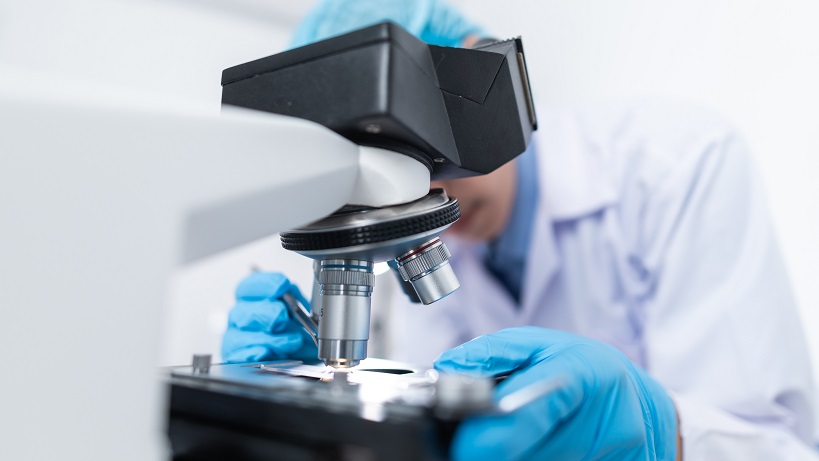Prof Ting Xie
PhD in Molecular Biology and Biochemistry
Kerry Holdings Professor of Science
Chair Professor
Division of Life Science
Director of Biomedical Research Institute, HKUST-Peking University Shenzhen Medical Center
Director of Center for Tissue Regeneration and Engineering
Stem cells in the tissues produce new cells and replenish the cells that are damaged or lost due to diseases, natural turnovers or viral infections. Everyday millions of cells die in the body, but as long as the dead cells are replaced effectively and timely to keep the tissues functional, we hardly notice the difference. However, when the human body ages, the stem cell activity in an aging tissue decreases. And the replenishment of cells slows down, leading to the occurrence of aging symptoms such as wrinkles, grey hair and backpain. Prof Xie is interested in studying aging tissue and he has spent years navigating the idea on stimulating the stem cell activity in aging tissues. If the stem cells in aging tissues could perform just as that in the young tissues, it would effectively slow down the aging of the tissues.
Prof Xie’s research focuses on the reason behind the deceleration of the stem cells in the aging tissues after the activities of producing new cells decreased and how the environment of the stem cells contributes to the aging process. He and his team found out that the stem cells indeed divide slower and the number of stem cells has decreased so the human body couldn’t produce as many cells. In the aging tissues, even the stem cells left proliferate slower and produce fewer cells that cannot effectively replace the lost cells. His Lab is the first in the world to show that the maintenance and proliferative potential of stem cells are controlled by the microenvironment called niche. When niche cells get old, they accumulate many problems. The function of the niche eventually decreases, consequently creating negative impact on the function of the stem cells and tissue aging. When niche function decreases, stem cells divide slower and their number decreases. Just as car engines loose power over time, the environment helps maintain stem cells and promote stem cell proliferation and their efficiency diminishes.
Reactive oxygen species in cells is a special form of oxygen which are can modify proteins and damage DNA and mitochondria. Mitochondria, also known as the power plant of the cell, does not only produce energy, they sometimes also produce reactive species that would damage the cell and cause a decline in cell function. After studying how niche function declines with the old tissues, Prof Xie and his team found a way to put antioxidants which are anti-aging reagents back into human body, rejuvenating the stem cells and in turn slowing down the aging process.
Apart from stem cell rejuvenation, Prof Xie is also intensively investigating the cause of glaucoma. The number of people estimated to be diagnosed with glaucoma worldwide will increase to 111.8 million by 2040. The global prevalence of glaucoma is projected to put a heavy burden on the society and unfortunately there is still no effective treatment so far. Since the cause of glaucoma is unclear, the only thing doctors can do is the decrease the eye pressure that will accelerate the progression of glaucoma. Prof Xie’s research findings will be the key to understanding and developing and effective treatment for glaucoma.
